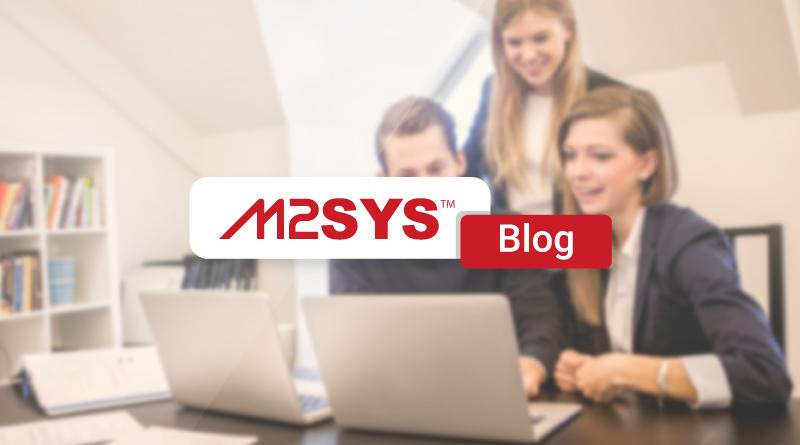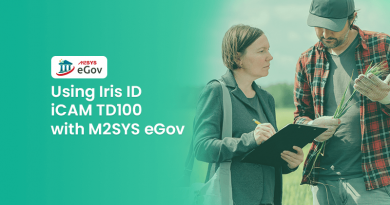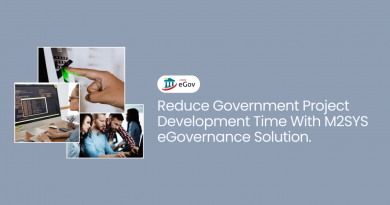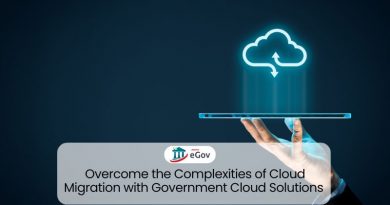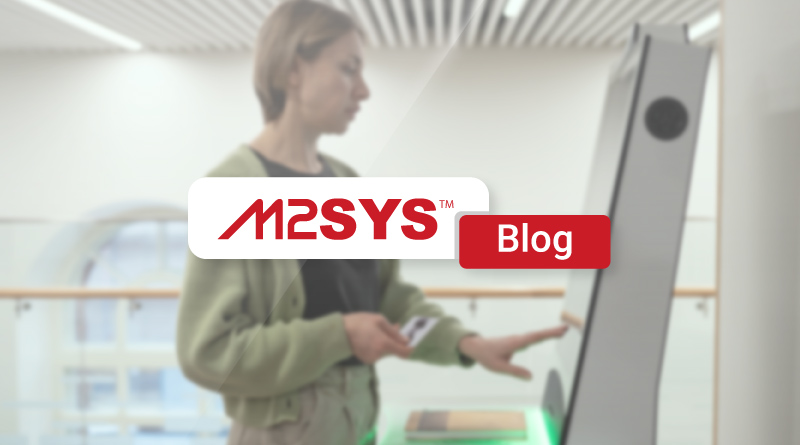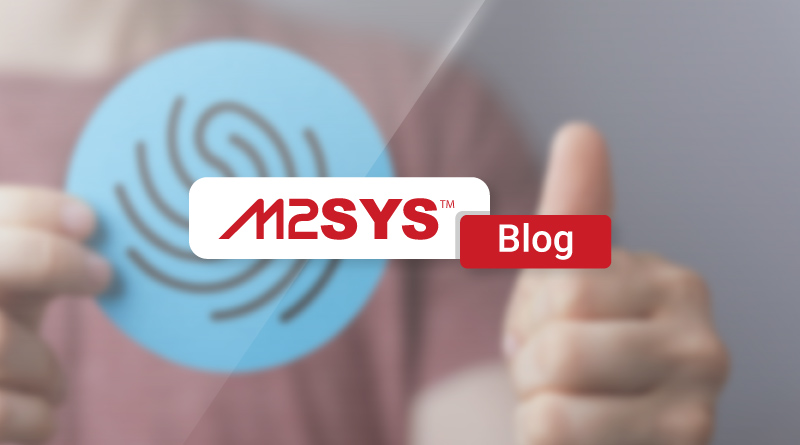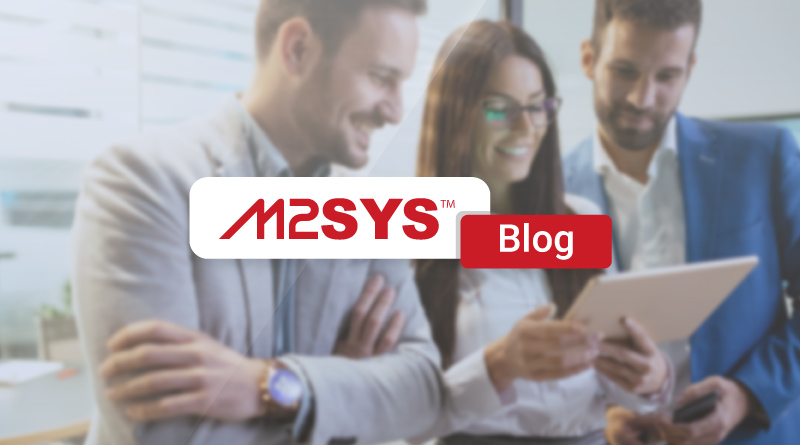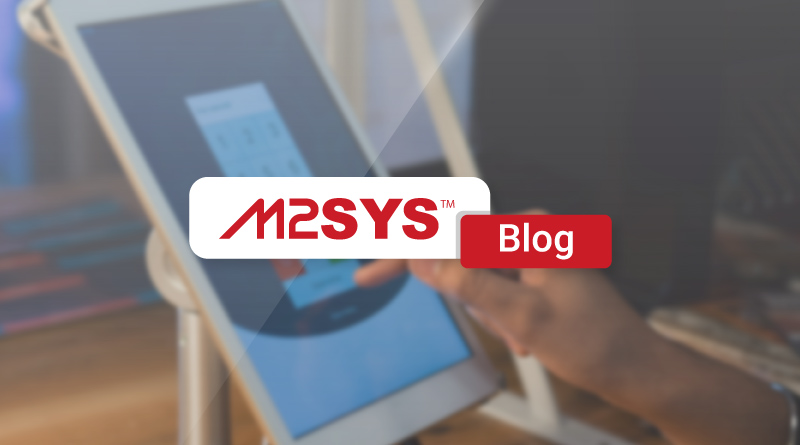Accelerating Government Software with AI Integration Solutions
Government agencies are modernizing systems with AI integration to meet citizen expectations. AI solutions like M2SYS accelerate software deployment, enhance efficiency, and reduce costs. Successful examples include Turkey's national ID system and Yemen's voter registration, showcasing AI's role in improving government services.
TL;DR
- Government agencies face challenges in modernizing systems due to slow deployment cycles and legacy systems.
- AI integration, like the M2SYS platform, accelerates software deployment, enhances efficiency, and reduces costs.
- AI solutions automate tasks, allowing government IT resources to focus on strategic initiatives.
- Successful AI integration examples include Turkey's National ID system and Yemen's voter registration modernization.
- The M2SYS platform's open architecture ensures seamless integration with legacy systems, maintaining operational continuity.
- AI reduces project costs significantly, aiding budget-constrained government agencies in improving services.
- AI enhances citizen engagement by improving service delivery and compliance with regulations.
Ready to accelerate your government software deployment with AI? Contact M2SYS today to learn more about our AI integration solutions.
Government agencies everywhere are in a race against time. They need to modernize their systems quickly to meet the growing expectations of citizens. Yet, slow deployment cycles and tricky legacy systems often stand in the way. To solve these problems, more governments are now turning to Artificial Intelligence (AI) integration. AI-powered solutions, such as the M2SYS platform, are at the forefront, helping to speed up software deployment while boosting efficiency and cutting costs.
Why Do Government Projects Take So Long?
Government projects often drag on longer than expected. This can delay important digital transformation efforts and slow down citizen services. The delays usually come from bureaucratic obstacles, limited resources, and the challenge of mixing new tech with old systems. According to Deloitte, government IT projects can take up to 80% longer than similar projects in the private sector.
Traditionally, governments try to transform digitally by completely overhauling existing systems. This approach not only stretches out project timelines but also drives up costs. In today’s fast-paced tech world, and with citizens expecting efficient, digital services, this method is no longer practical.
How AI Can Speed Up Government Software Deployment
AI integration is offering a hopeful way out of these challenges. By using AI-powered automation, platforms like M2SYS simplify routine tasks, increase accuracy, and ensure compliance. This means government IT resources can focus on more strategic tasks, cutting down deployment times drastically.
For example, the M2SYS platform is designed to handle common government challenges, like legacy system integration. Its seamless integration ensures it works smoothly with existing infrastructure, avoiding disruptions and costly overhauls.
M2SYS and AI-Powered Governance
The M2SYS AI platform automates repetitive tasks, speeding up government digitization efforts. It requires no programming, making it easy for agencies that may lack advanced tech skills to adopt AI solutions. This user-friendliness is crucial for government entities.
How Did Turkey Use AI for its National ID System?
A great example of successful AI integration is Turkey’s National ID Smart Card Infrastructure. M2SYS teamed up with the General Directorate of Population and Citizenship Affairs to develop a new national ID system. They collected and organized citizen data to issue smart ID cards for over 80 million people. By integrating modern tech with their existing systems, they significantly improved citizen services.
Can AI Work with Legacy Systems?
Many government agencies still rely on legacy systems. These systems are important but often outdated and not built to work with modern technologies. Implementing AI solutions that can seamlessly integrate with these systems is crucial to minimize disruptions and ensure operations continue smoothly.
The M2SYS platform’s open architecture allows easy integration with existing systems. This ensures that digital transformation efforts are both efficient and effective. In places where maintaining operation continuity and data security is essential, this capability is especially valuable.
How Did Yemen Modernize its Voter Registration?
In Yemen, M2SYS helped the Supreme Commission of Elections and Referendum modernize its electoral process. They implemented a large-scale voter registration initiative with a robust digital system for multi-modal identity verification. This project resulted in a voter database for about 14 million citizens, showing how technology can enhance government transparency and citizen engagement.
How Does AI Help Reduce Costs?
AI integration not only speeds up software deployment but also leads to significant cost savings. The M2SYS platform can reduce project costs by up to 95% by streamlining processes and avoiding costly overhauls. This is a big help for government agencies working within budget constraints, allowing them to improve services without overspending.
How Did Nigeria Enhance Telecom Security with AI?
In Nigeria, M2SYS worked with the Nigerian Communications Commission to build a nationwide citizen registration system. This improved mobile security by creating a centralized user database for SIM card holders, registering biometric credentials for over 140 million mobile users. This project shows how to integrate new systems with existing telecom infrastructure for better security and compliance.
How Does AI Improve Citizen Engagement?
AI integration in government software deployment leads to better service delivery. By automating processes and ensuring compliance with regulations, AI solutions boost citizen engagement and trust in government services.
How Did Iraq Modernize Border Control?
In Iraq, M2SYS helped strengthen national security by equipping border control operations with a strong identity verification system. This project demonstrated the application of advanced technology to improve border management and operational continuity, enhancing service delivery and compliance with international standards.
Conclusion
The benefits of AI integration in government software deployment are clear: efficiency, better service delivery, and cost savings. As expectations and budget constraints rise, government agencies need to embrace AI-powered solutions like the M2SYS platform. This helps accelerate digital transformation, delivering systems faster with better citizen engagement and regulatory compliance.
In essence, Government Digital Transformation isn’t just a tech upgrade; it’s a strategic must-do to meet today’s digital demands. With platforms like M2SYS, governments can modernize smoothly, maintaining operational continuity and data security while delivering real benefits to citizens.
How to integrate AI into government systems?
- Evaluate the Current Infrastructure: Assess the existing IT infrastructure to identify compatibility with AI solutions. Look for systems that can integrate seamlessly, like the M2SYS platform.
- Select the Right AI Platform: Choose a platform that supports seamless integration and requires minimal programming, such as M2SYS.
- Start with Pilot Projects: Consider smaller pilot projects for testing AI integration before full-scale implementation.
- Leverage Cloud Solutions: Utilize cloud technology to ensure scalability and secure performance. For more details, refer to the discussion on Cloud Solutions Transforming public services.
- Train Personnel: Offer training to relevant staff to ensure they can effectively use the new AI-integrated systems.
- Monitor and Optimize: Continuously monitor the system's performance and optimize as needed to align with goals and citizen expectations.
Steps to Overcome Integration Challenges with Legacy Systems
- Conduct a Thorough Analysis: Understand the limitations and capabilities of your current systems.
- Employ Open Architecture Platforms: Use AI platforms with open architectures that facilitate smooth integration, minimizing the impact on existing operations.
- Implement Incremental Updates: Integrate new technology gradually to avoid disrupting ongoing activities. This strategy is part of essential Key Strategies for Success.
- Ensure Data Security: Protect sensitive information during integration through robust cybersecurity measures and compliance protocols.
- Seek Expert Assistance: When needed, consult with experts to navigate complex integration issues effectively.
Why do government projects take so long?
Government projects often extend longer than anticipated due to bureaucratic obstacles, limited resources, and the complexities of integrating new technology with legacy systems. These factors can result in significant delays in digital transformation efforts. According to Deloitte, government IT projects may take up to 80% longer than similar private sector projects.
How does AI help in speeding up government software deployment?
AI, particularly through platforms like M2SYS, automates routine tasks and improves accuracy, allowing government IT teams to focus on strategic initiatives. This leads to a reduction in software deployment times and enhances overall efficiency. Explore more about Key Strategies for Success in government digitization.
Can AI solutions work with existing legacy systems?
Yes, AI solutions such as the M2SYS platform are designed with open architecture to facilitate seamless integration with existing systems. This capability minimizes disruption while modernizing governmental operations.
How can AI integration reduce costs?
By streamlining processes and avoiding costly overhauls, AI integration can lead to significant cost savings, reducing project expenses by up to 95%. This is especially beneficial for government agencies working within budget constraints.
What are some successful examples of AI in government processes?
Several successful implementations include Turkey's National ID Smart Card Infrastructure, Yemen's voter registration system modernization, and Nigeria's telecom security initiative. More information on these projects can be found in the Accelerating Government Digitization guide.

